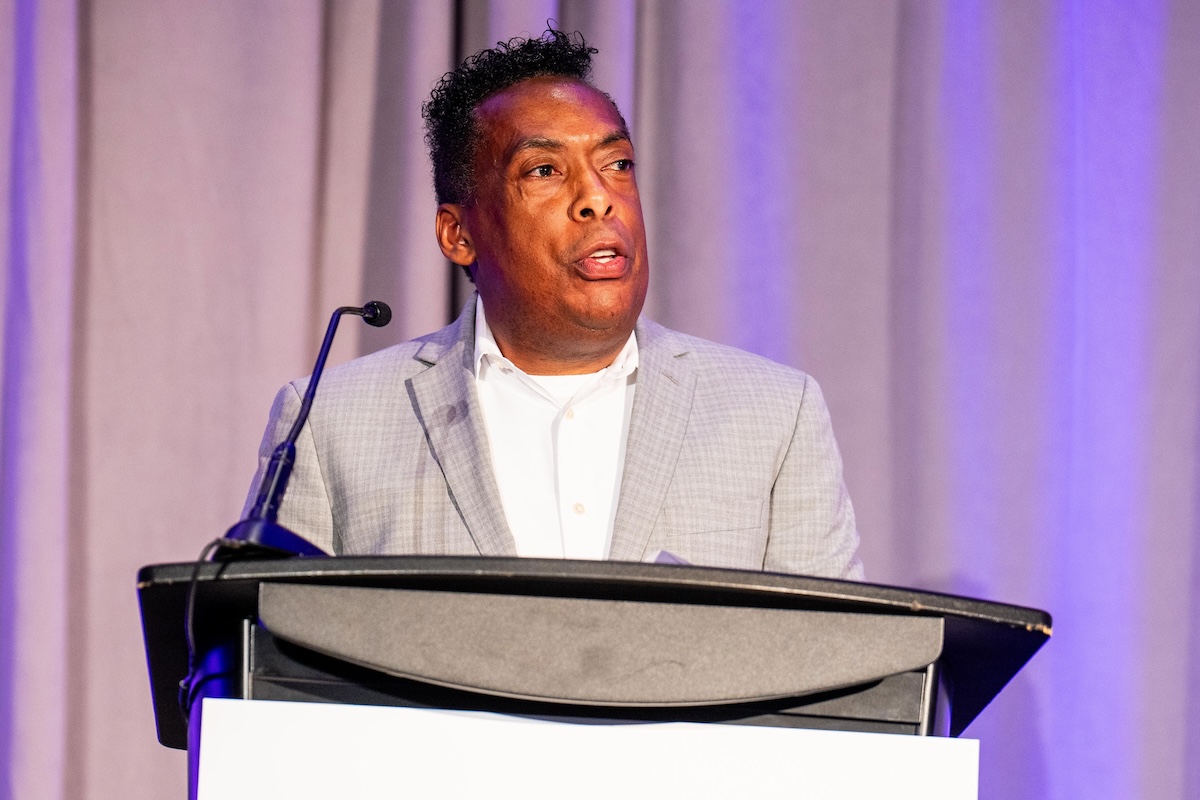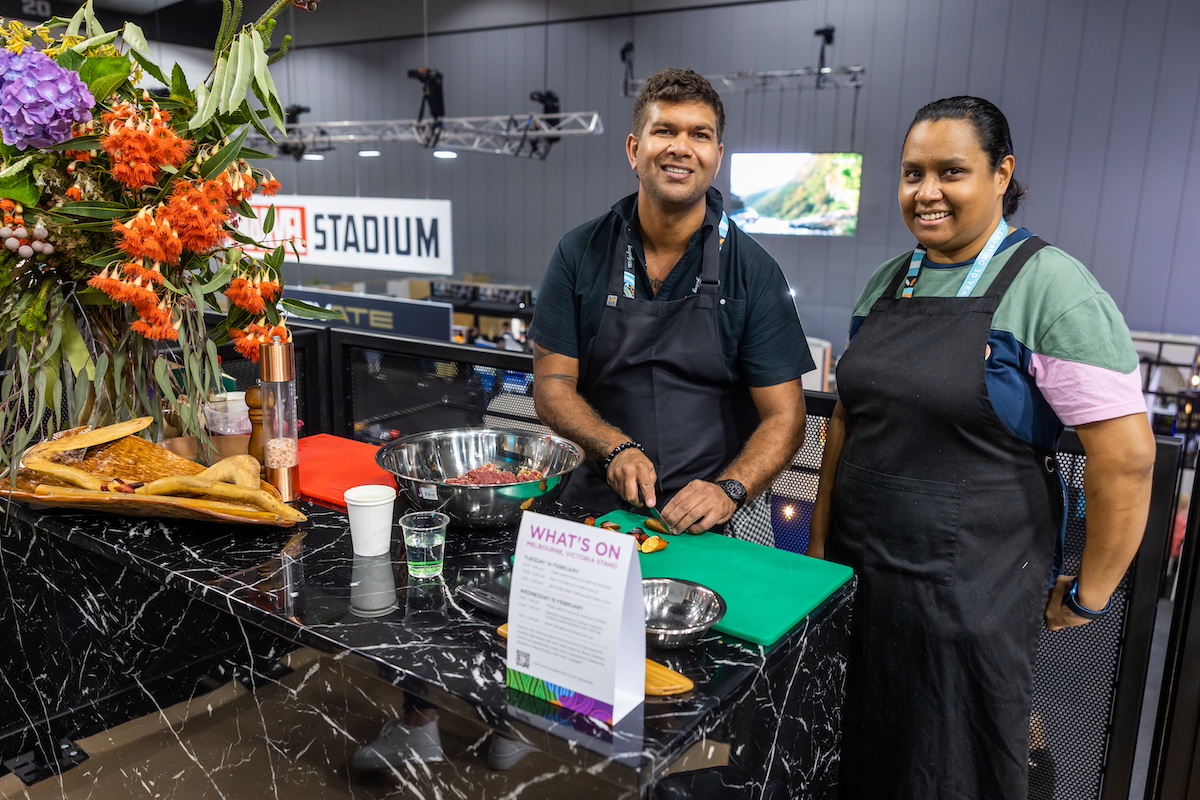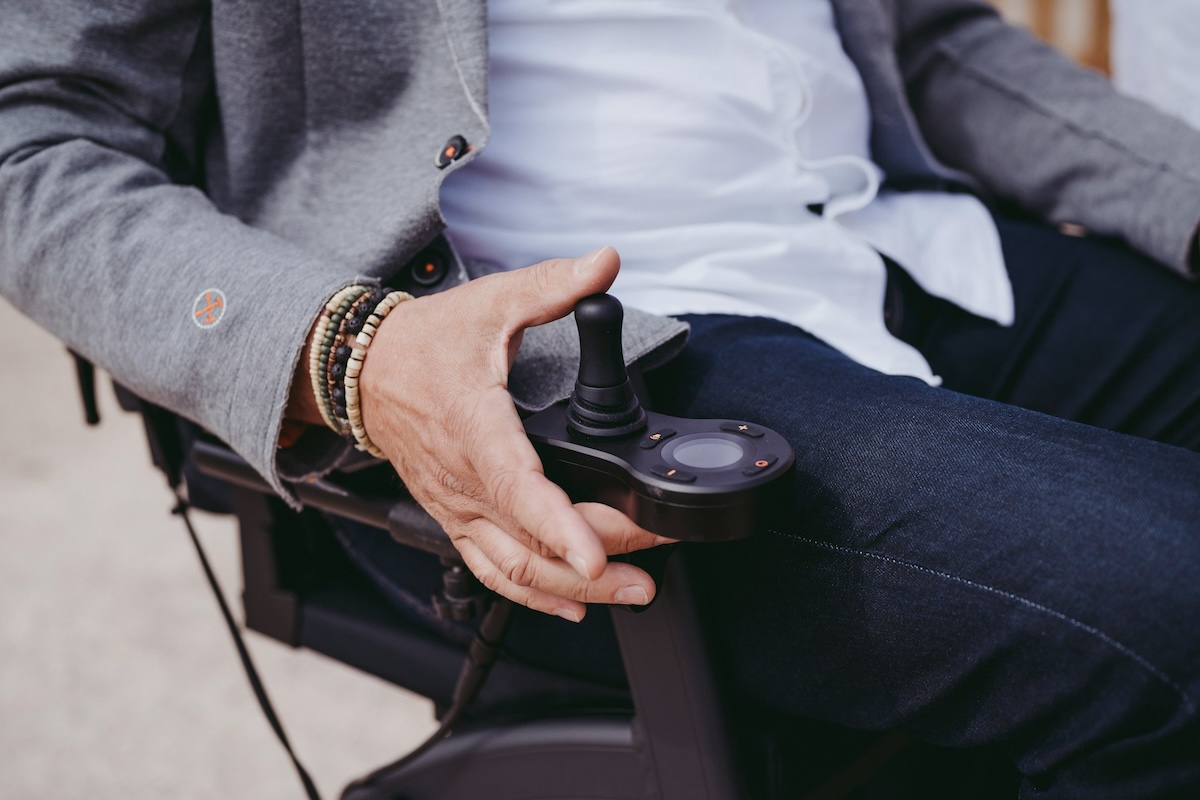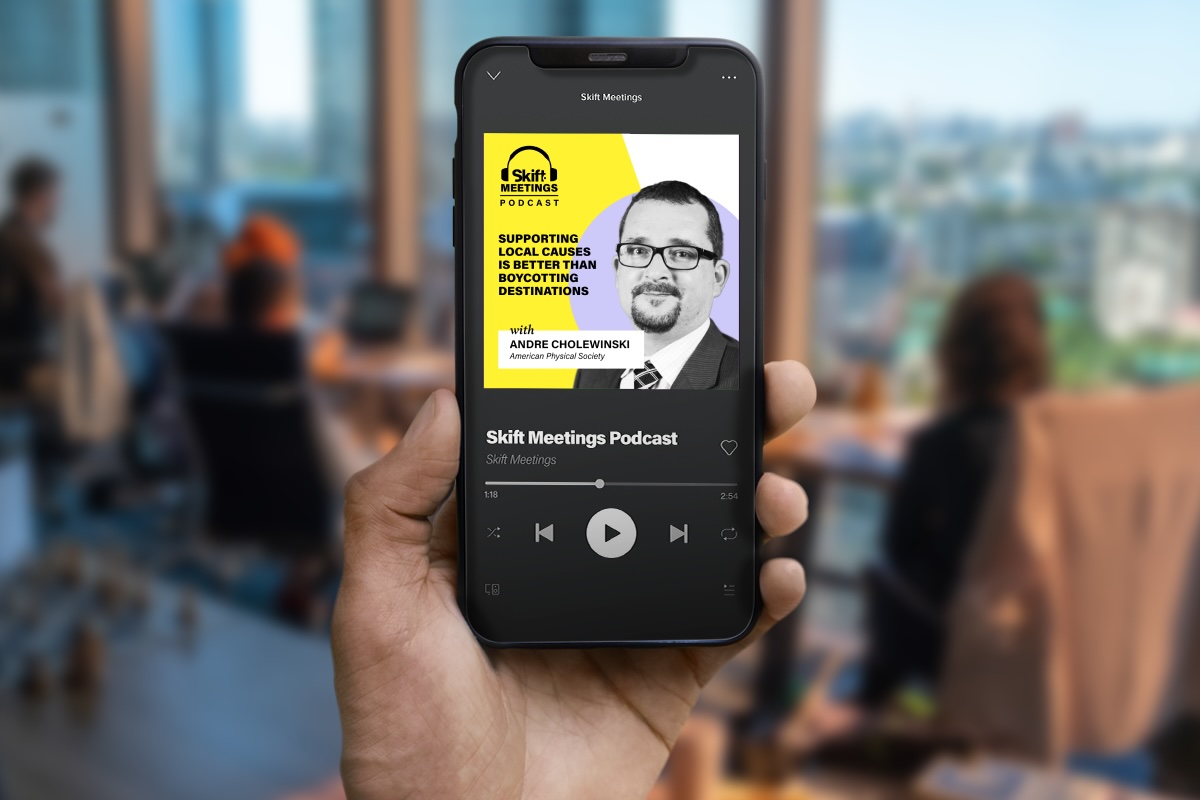Skift Take
To make your events truly inclusive, representation alone will not do it. They must reflect the diversity of your world.
You would be hard-pressed to find an event professional who doesn’t feel there is a need to be more diverse and inclusive. However, a short checklist focused on representation is not enough. Actively welcoming diversity within an organization is the only way to be truly inclusive.
The first place to start is with your team. The more diverse it is, the more understanding and welcoming it becomes to your attendees. A diverse team will also help bring many different perspectives to the table.
Multi-generational, multi-gender, multi-ethnicity, and diversity of thought are the best attributes of a balanced team.
Ashanti Bentil-Dhue, CEO of Good Soil Leaders, is a diversity and inclusion expert. She helps organizations hire and develop competent diversity, equity, and inclusion teams by providing training and coaching.
Speaking at the 2023 Events Trends Summit, Bentil-Dhue emphasized the importance of undertstanding the differences between diversity and inclusion.
“Diversity quite simply is representation of social dimensions like gender, race, sexuality, religion, and age. When looking at and focusing on diversity, you are only talking about representation. Inclusion, however, is much more about ensuring that regardless of one’s identity and background, people feel included, accepted, valued, and respected,” she explained.
Planners often find it difficult to positively impact diversity in their organization, but they can take other steps. “You can always be working on inclusion, the people who are already in your organization, the people who you invite to speaker panels, the people you are trying to attract and serve as part of your audience and attendees. Do they feel respected and valued when they’re engaging with your organization, with your brand, and with your events?” she asks.
Event Design
One of the first places to start making this happen is by looking at event design. Considering how attendees will access and experience the event is crucial.
An example is how meeting the needs of those who are neurodivergent is a focus of many organizations. “When you start using some core principles around ensuring your event is suitable for a neurodivergent individual, you make the experience better for everyone. We’re talking about the colors you use in your marketing material, font types, and font sizes, ensuring that when it comes to accessibility, people can hear if they have a hearing impairment and see if they have sight challenges. It’s fundamental basics,” said Bentil-Dhue.
Pronouns
Pronouns have become a significant focal point in inclusion. “Individuals whose pronouns may not be historically used are looking for spaces where they feel as if they belong, are respected, included, and valued. As an event planner, you should ask individuals, and it doesn’t have to be mandatory, to share their pronouns,” said Bentil-Dhue.
Having everyone’s appropriate pronoun available creates inclusion. “This says to individuals, particularly if they are transgender or non-binary, that this is a space within which I if I choose to share my pronouns, will be included and valued. So that’s a pretty simple fix to start using as an event planner.”
At a recent event, a speaker was handed a hotel registration form that didn’t have an appropriate pronoun. “The only options were male, female, Mr. and Mrs. We had to call the hotel and ask if there was a workaround because we did not want to misgender or offend our speakers, any of them. And in the end, they ended up giving us the option of using doctor or professor, which isn’t perfect, but we were able to select one of those and carry on in the form,” she said.
As this scenario highlights, make sure your registration forms, name badges, and other collateral include all pronouns.
The “5 Ally Actions” weekly newsletter by Better Allies® is a useful resource for anyone looking to build a more inclusive, engaging workplace.





